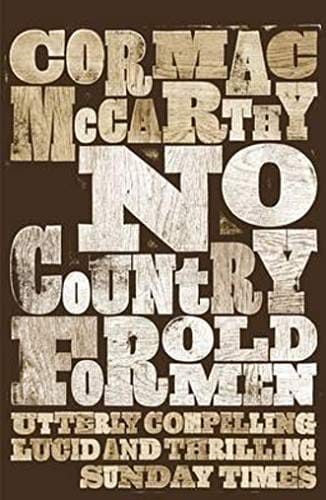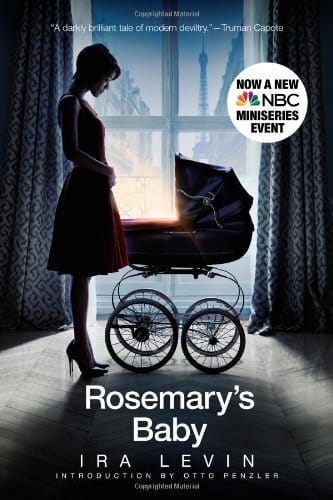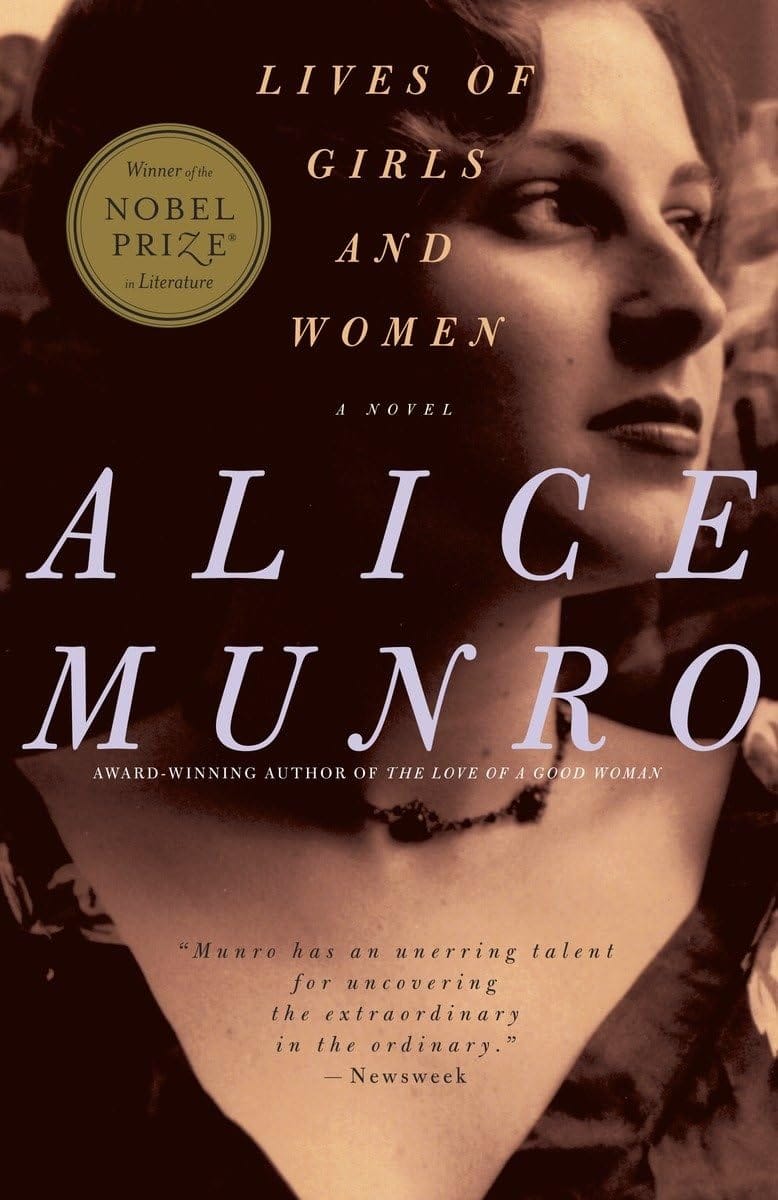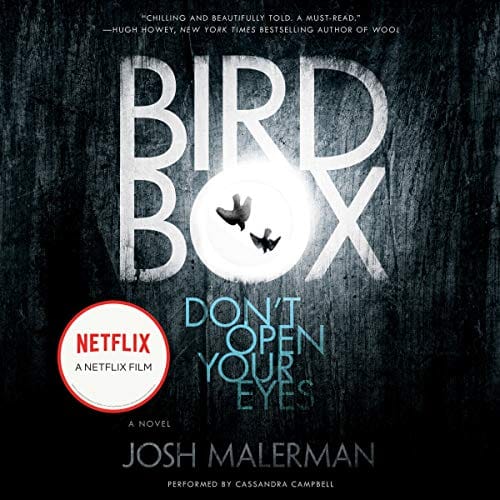Flipped: A Timeless Coming-of-Age Movie Worth Revisiting
Explore Flipped, the 2010 coming-of-age film about first love and perspective, with plot highlights, themes, cast insights, and streaming tips.
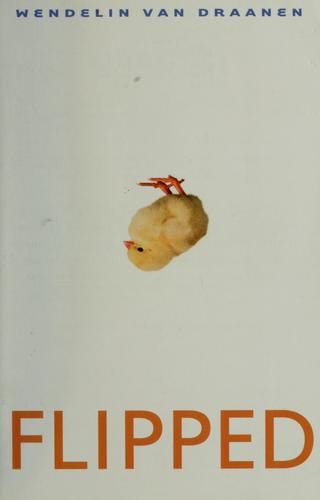
Introduction: Why “Flipped” Still Matters
Released in 2010 and adapted from Wendelin Van Draanen’s beloved 2001 novel, “Flipped” is more than a nostalgic peek at first love; it is a gentle yet profound examination of perspective, family values, and the rocky path from childhood to adolescence. Directed by Rob Reiner, the film slipped under the mainstream radar upon its initial release, but a decade later it continues to win new fans through streaming platforms and classroom screenings. This article explores what makes “Flipped” so special, how it differs from the book, and why it deserves a place on your must-watch list.
Plot Overview without Major Spoilers
Set in late-1950s suburbia, “Flipped” follows neighbors Juli Baker and Bryce Loski from second grade through eighth grade. Juli is an exuberant, tree-climbing free spirit who falls for Bryce the moment he moves in. Bryce, worried about peer perception, spends years dodging her unwavering attention. Told alternately from Juli’s and Bryce’s points of view, the story explores how opinions and feelings can shift—or flip—when we finally see beyond first impressions. While romance is the hook, the narrative digs deeper into family dynamics, economic inequality, and the moral courage required to stand by one’s convictions.
Dual Narration: Seeing Both Sides
The novel’s signature dual narration survives intact in Reiner’s adaptation. By letting audiences hear the same scene through two sets of eyes, the film underscores how context shapes understanding. For example, a simple hand-holding attempt means exhilaration to one character and embarrassment to the other. This storytelling device makes “Flipped” an ideal conversation starter for parents and teachers who want to discuss empathy and perception with kids.
Cast and Performances
Madeline Carroll shines as Juli Baker, capturing the character’s irrepressible optimism and quiet resilience. Callan McAuliffe delivers a nuanced Bryce Loski, convincingly evolving from shallow tween to introspective teen. A seasoned supporting cast—including Aidan Quinn, Penelope Ann Miller, Anthony Edwards, and Rebecca De Mornay—adds gravitas, making each family subplot feel authentic. Reiner’s decision to cast age-appropriate actors, rather than twentysomethings playing teens, grounds the film in believable innocence.
Rob Reiner’s Direction
Reiner, known for “Stand by Me” and “The Princess Bride,” brings a warm, classic aesthetic to “Flipped.” He uses golden-hour cinematography and period-accurate set design to transport viewers to a pre-digital world where yard work, dinner tables, and front-porch conversations drive the drama. The pacing is patient; key moments linger long enough to let emotions register, but the film never feels sluggish.
Key Themes That Resonate Today
Empathy and Perspective: In an era of polarized viewpoints, “Flipped” reminds us that every story has two sides. Juli and Bryce misjudge each other repeatedly until they question their own biases.
Environmental Stewardship: Juli’s attachment to her beloved sycamore tree introduces ecological awareness. Her grief over its removal reflects modern conversations about sustainability and urban development.
Class and Dignity: Economic disparity surfaces when Bryce’s family belittles the Bakers’ modest home life. The film handles the subject delicately, teaching respect without preachiness.
Family Influence: Both protagonists inherit values and prejudices from their parents, illustrating how family culture shapes identity—for better or worse.
Book vs. Movie: What Changed?
The novel sets the story in the late 1990s, whereas the film pushes events back to 1957–1963 to heighten nostalgia. Some minor characters receive expanded arcs on screen, notably Bryce’s grandfather, who mentors him toward self-reflection. While the book relies heavily on internal monologue, the movie visualizes feelings through gestures, set design, and music. Fans of the text generally approve of the adaptation, praising its faithfulness to tone and theme.
Where to Watch “Flipped” Today
As of this writing, “Flipped” is available for digital rental on Amazon Prime Video, Apple TV, Google Play, and Vudu. Subscription availability rotates, so check Netflix or HBO Max for periodic listings. Physical media collectors can still find the Blu-ray, which includes behind-the-scenes featurettes and commentary from Reiner and the young leads.
Educational Uses and Parental Guidance
Rated PG for mild thematic elements and language, “Flipped” is suitable for viewers nine and up. Teachers often screen it during literature units on point of view, while parents value its wholesome presentation of first love. The film provides a springboard for discussions about honesty, courage, and socioeconomic sensitivity.
Fun Facts and Trivia
• The sycamore tree was constructed from three real trees fused together and augmented with CGI branches.
• Reiner makes a cameo as the school bus driver in one scene.
• Although set in an unnamed American suburb, principal photography occurred in Ann Arbor and Saline, Michigan.
• Bryce’s basketball scenes were choreographed by the same consultant who worked on “Hoosiers.”
Why You Should Watch—or Rewatch—“Flipped”
In a cinematic landscape crowded with explosive spectacles, “Flipped” offers quiet, character-driven storytelling that resonates long after the credits roll. Its lessons on empathy and authenticity feel even more urgent today, and its nostalgic charm makes it perfect family viewing. Whether you’re discovering Juli and Bryce for the first time or reuniting with them after reading the book in middle school, you’re likely to find yourself smiling—and maybe wiping away a tear.
Final Thoughts
“Flipped” may have underperformed at the box office, but its enduring appeal lies in universal truths told with earnest sincerity. By inviting us to flip our assumptions and look deeper, the film earns a rightful spot among the best coming-of-age stories of the last two decades.
